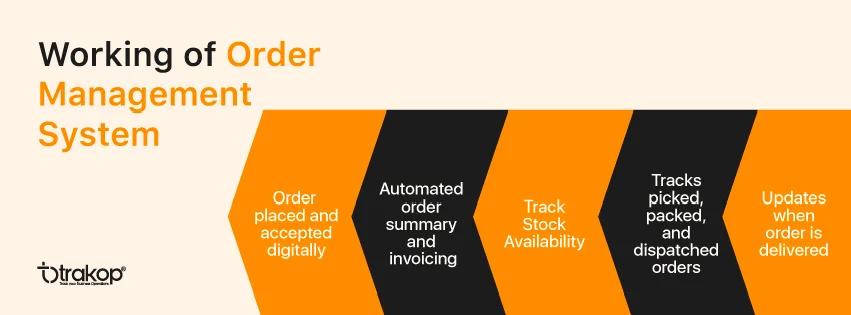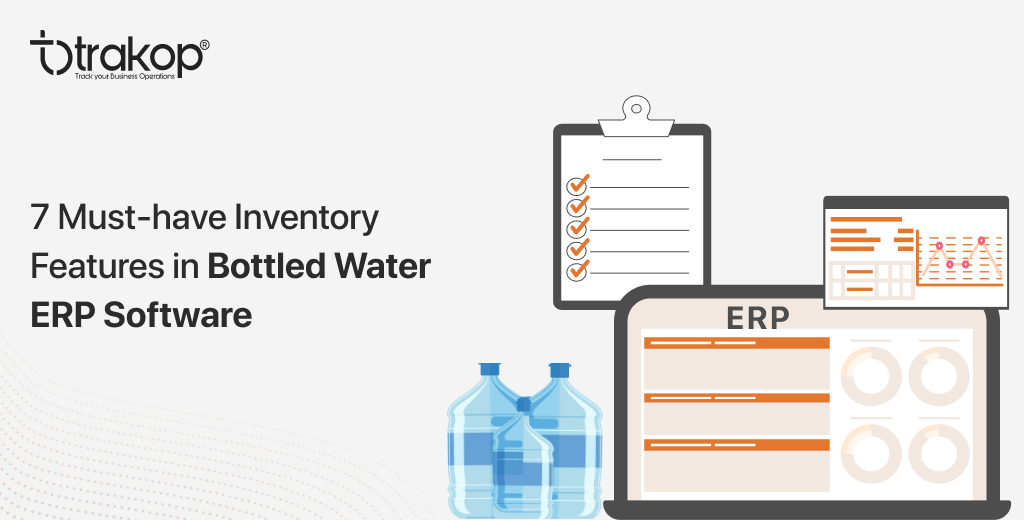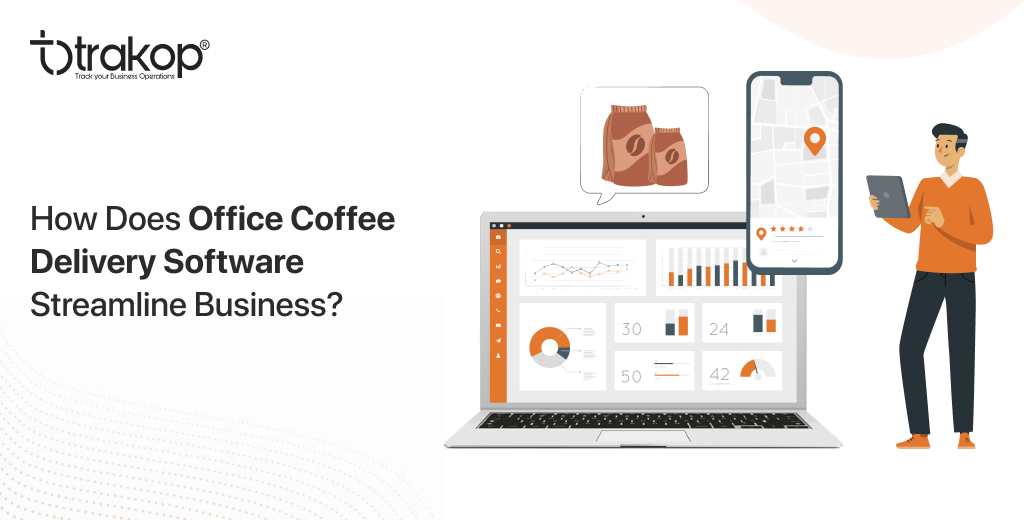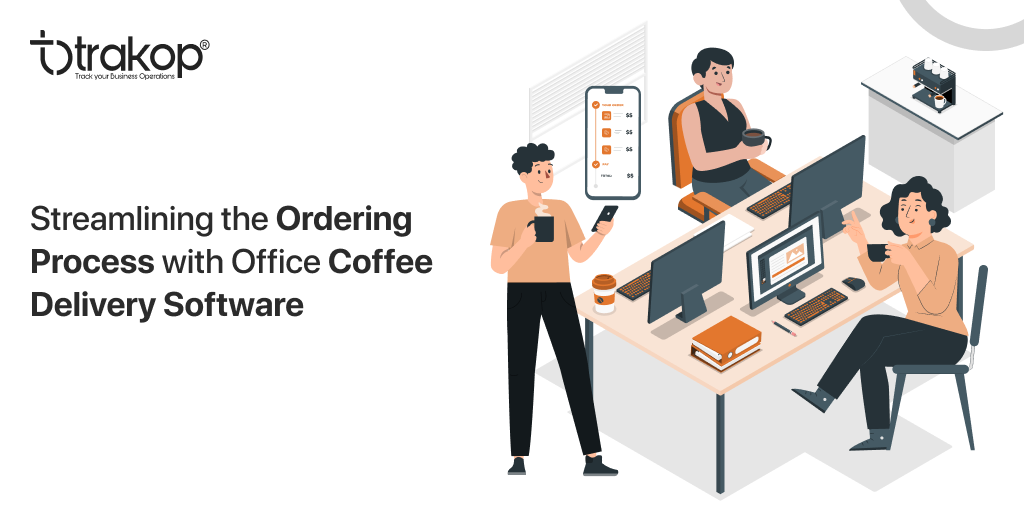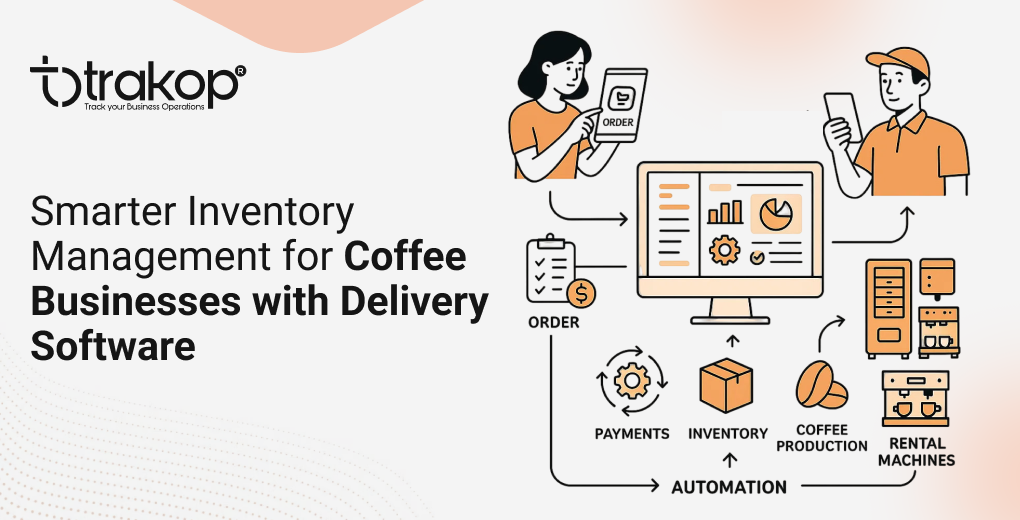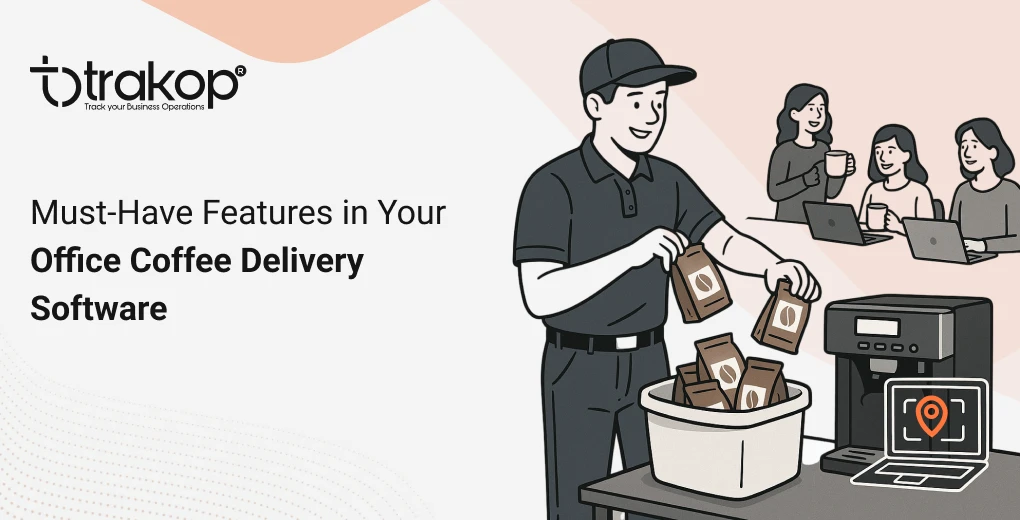How Order Management System Work?

We all know the demand to fulfil orders fast and cost-effectively has increased. Customers are looking for optimise deliveries that are fast and have minimum or no delivery charges.
Efficient order management is the key that allows businesses to reduce operational costs and speeds-up delivery.
Here is all the information you’ll need to learn how the order management system works and helps in reducing the operative costs and speeds up the delivery.
What is an order management system?
It is an automated platform that involves accepting the order, tracking it and order fulfilment. The system streamlines and optimises the entire ordering process allowing businesses to save time and reduce operational costs. Due to minimal human interference in the process, it also minimises the chances of human errors resulting in order accuracy.
Here is a step-by-step mechanism on how this software works and reduces the manual workload.
How does it work?
Step-1: Order is placed and accepted digitally
Customers place orders online via a mobile app or website portal. Once all the details are filled in and payment is done, the business is notified about the placed order on the admin panel. Placing orders digitally reduces the chances of mistakes and delays which results in the delivery of the right order at the right time.
Step-2 : Generation of order summary and invoice
The admin accepts the order using delivery management software and the order acceptance notification is sent to the customers via sms, mail, or in-app notifications. The order summary and invoice or payment receipt in case the order is prepaid are generated automatically and sent to the customers.
Step-3 : The warehouse checks the availability of the stock
Once the order is accepted, stock availability is checked. The stock detail is tracked by the system. It ensures that the business never stocks out or has excess stock. This minimises financial losses due to product spoilage or over-selling.
Step-4: Order picked, packed, and dispatched
Then the order is picked according to the demand. Then it is packed and dispatched for delivery. The process of being picked packed and dispatched in real-time and the order status is updated on both the customer interface and admin panel.
Step- 5: Order fulfilment
The order is delivered to the customer. The delivery status is updated on the customers’ application and the admin panel.
How does automation help businesses?
Automated notifications about the order status
Customers are notified about their order status- order placed, order accepted, order picked, the order in process, order dispatched, and order delivered. These notifications are sent via mail, sms and, and in-app notifications. Sending such notifications promotes transparency between customers and businesses and gives a good customer experience.
Reduces labour costs in the warehouse
It is integrated with a delivery management system that allows businesses to track their stock on the system which doesn’t require extra hands. This allows businesses to reduce their operative costs and make the process efficient.
Key performance indicators for successful order delivery:
- Order accuracy – Rate of orders delivered accurately, i.e., the right order to the right customer at the right time.
- On-time in-full (OTIF) – Percentage of orders that are delivered on time and in the accurate quantity.
- Order placement percentage – Percentage of orders placed through different channels.
- Purchasing frequency of customers – Number of orders placed by a customer in a set period of time, i.e., a month or year.
- Average order value – The average revenue generated by an average order.
- Cost per order – It is the expense that is required to fulfil an order.
These key performance indicators (KPIs) are used by businesses to measure the performance and success of the order management of the business. Using order management software improves these KPIs, contributing to the success of order fulfilment.
An order management system simplifies the order management process and makes it cost and time- efficient. Businesses must choose the right software depending on their business operation process. If you are interested in knowing more about the order management systems and seeing how we can help you: Book a Meeting
Hope You Enjoyed the Read!

He loves to explore. His passion for helping delivery industries in all aspects flows through in the vision he has. In addition to providing smart solution to make delivery process flawless, Ravi also likes to write sometimes to make it easier for people from business industry looking for digital solutions.
